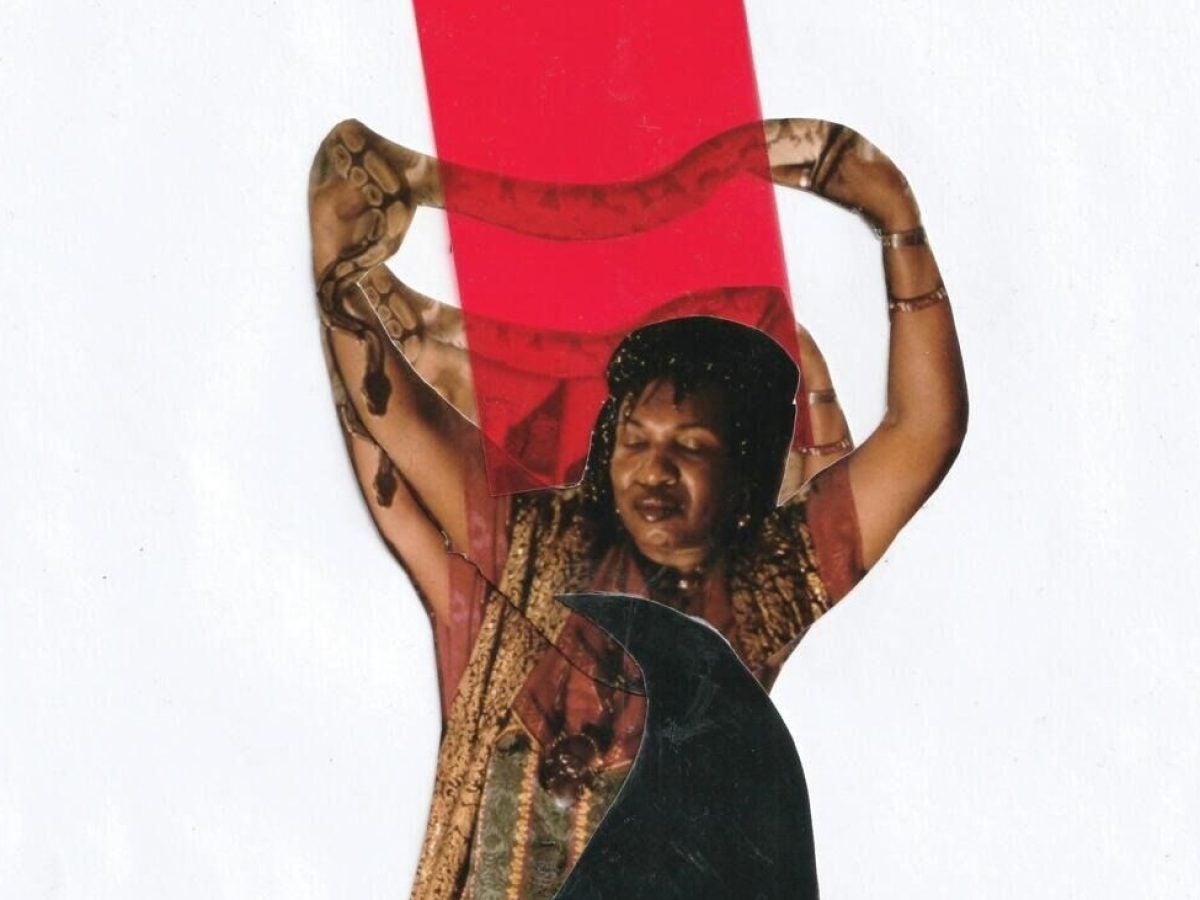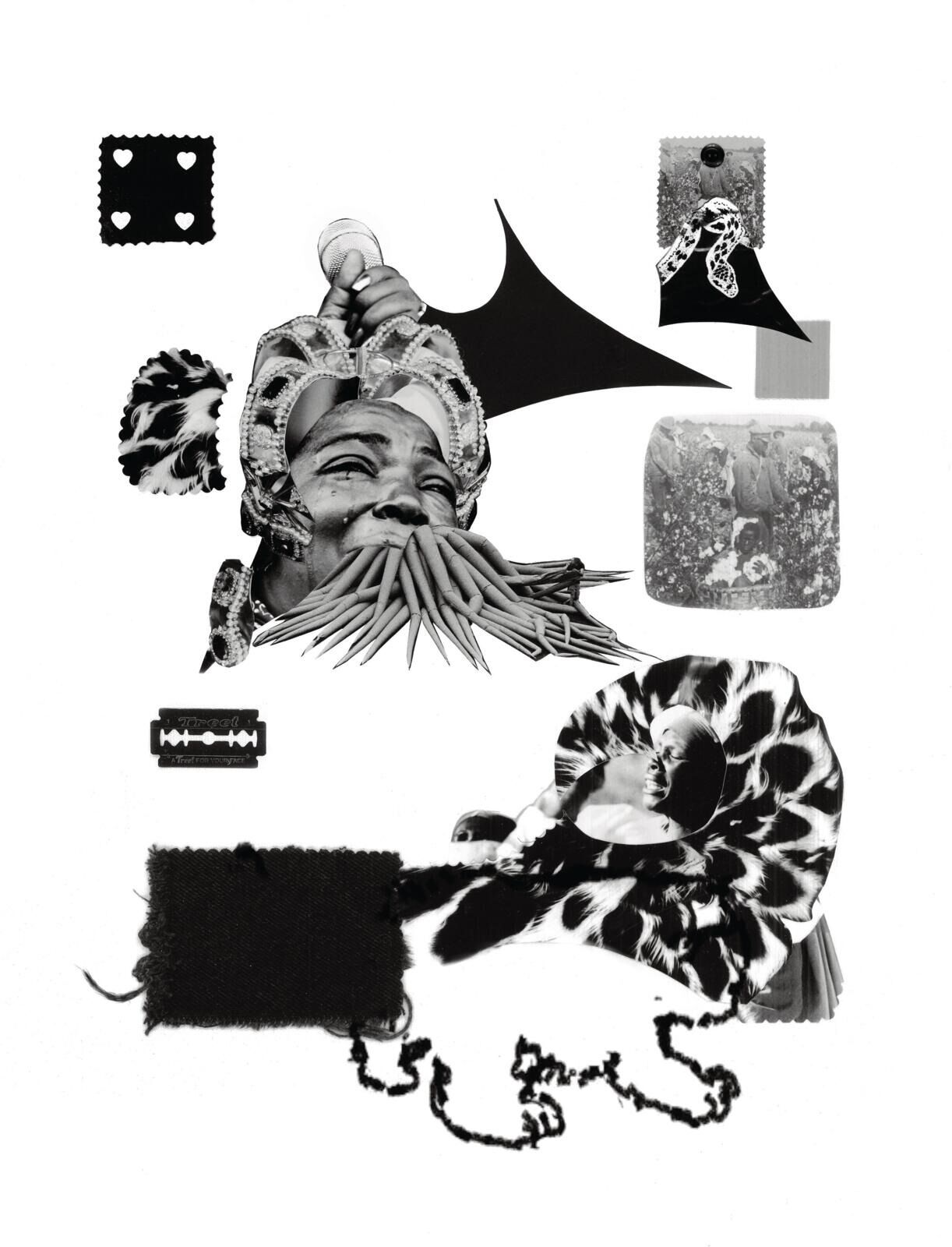
Second lines are a signature of New Orleans culture—presented for various occasions, including funerals. But there’s an often overlooked connection between the celebratory procession that precedes a burial, marked by dancing as a brass band plays a hymn known as a dirge, and one of the world’s most misunderstood religions.
“That’s voodoo in plain sight,” says New Orleans native Madame Cinnamon Black. “The spirituality and music move people. It takes you to another level, physically and mentally.”
Black is what’s known as a “voodoonee”: a person who, like a priestess, was trained in this religious practice. Voodoo originated in the West African country of Benin and later took shape in Haiti, during the transatlantic slave trade. Black was initiated to it in the Crescent City. “It’s a way of life in the city of New Orleans,” she says. “It’s in the food, the music and the culture.”
“What these practices teach is, when you’re faced with opposition for you or your family, you need to take action—but at the end of the day, it’s for the higher good.”
The complexities of voodoo date back as far as its most famous figure, Marie Laveau. Born in 1801, Laveau was a free Louisiana Creole healer and herbalist who was also a practitioner of rootwork, or hoodoo, a form of spiritual folk magic. She offered services in her home and in New Orleans’ famous Congo Square—where enslaved and free individuals from West Africa and the Caribbean colonies of Martinique and Saint-Domingue, now known as Haiti, were allowed to gather, dance and play drums on Sundays.

“She had clients coming from all over the country for spiritual readings and healing practices—so there was a commercial aspect of voodoo that, in the 19th century, made it an integral part of New Orleans culture,” says Richard Turner, Ph.D., professor of African American Religious History at the University of Iowa. “The commercialization of voodoo today is a part of the stereotyping of the religion. It’s related to the tourist industry—this idea that voodoo is about sticking pins in dolls and putting curses on people, when it’s actually a healing religious tradition.”
The mischaracterization of voodoo, which is rooted in the worship of various deities and a connection to the ancestors and spirits of the dead, dates back to the late 1700s. “Part of the reason that voodoo is demonized is because it was the religious tradition that animated the Haitian Revolution,” Turner explains, “which defeated Napoleon’s armies and forced the French plantation owners to flee to New Orleans. Haiti became the first Black republic in the Western Hemisphere that was ruled by ex-slaves, and it was an example that the United States didn’t want replicated.”
When a series of municipal laws were subsequently passed in the 1800s, limiting the ability of slaves to gather, voodoo became an underground religion shrouded in mysticism—rather than the empowering spiritual practice it was designed to be.
“Voodoo means to do and to apply,” explains Priestess Miriam, who established the Voodoo Spiritual Temple in 1990 with her late husband, Priest Oswan Chamani. “What people think of as voodoo practice now is superficial. They could never understand the deeper emotional transformation those people in Haiti went through, to put together a perfect plan and rise up and carry it out.” This is at the core of the work of Black, Priestess Miriam and other practitioners—like Sen Elias, owner of the hoodoo shop Crescent City Conjure.
“What these practices teach is, when you’re faced with opposition for you or your family, you need to take action—but at the end of the day, it’s for the higher good,” Elias says.
It can take many forms: putting red brick dust at your door to bring prosperity; using oils or spell bags (known as gris-gris) to manifest an intention; or seeking out a priest or priestess for a spiritual consultation, as you would see a counselor for guidance. “We do readings, we believe in meditation, we believe in prayer, and we believe that we have a sixth sense and an ability to speak to something higher than ourselves—and that we can receive messages,” Elias explains.
Though lingering misconceptions about the “dark” nature of voodoo still lead to some unsavory requests (“People always call me when they’re mad at somebody and want to know how to get rid of them without going to jail,” Black jokes), most are seeking answers: “People bring their secrets through your door, to see how you can help them through their crisis,” says Priestess Miriam.
It was a voodoo priestess who helped Turner process his mother’s transition, when she fell into a coma in the summer of 1997. “She gave me a reading. She prayed in every corner of my house, with holy incenses from the Bible. And I created an ancestral altar in my house for my mother, because voodoo practitioners very much believe in respecting your elders and that your ancestors have an impact on your luck in life,” he says. “I found that to be very moving, at a time that I was grieving.”
Though Turner didn’t ultimately remain a practitioner, his brief personal encounter demonstrates a truth that Black hopes to relay about the ancient religion, which still sparks widespread curiosity. “Voodoo, you don’t pick it,” Black says. “It picks you.”